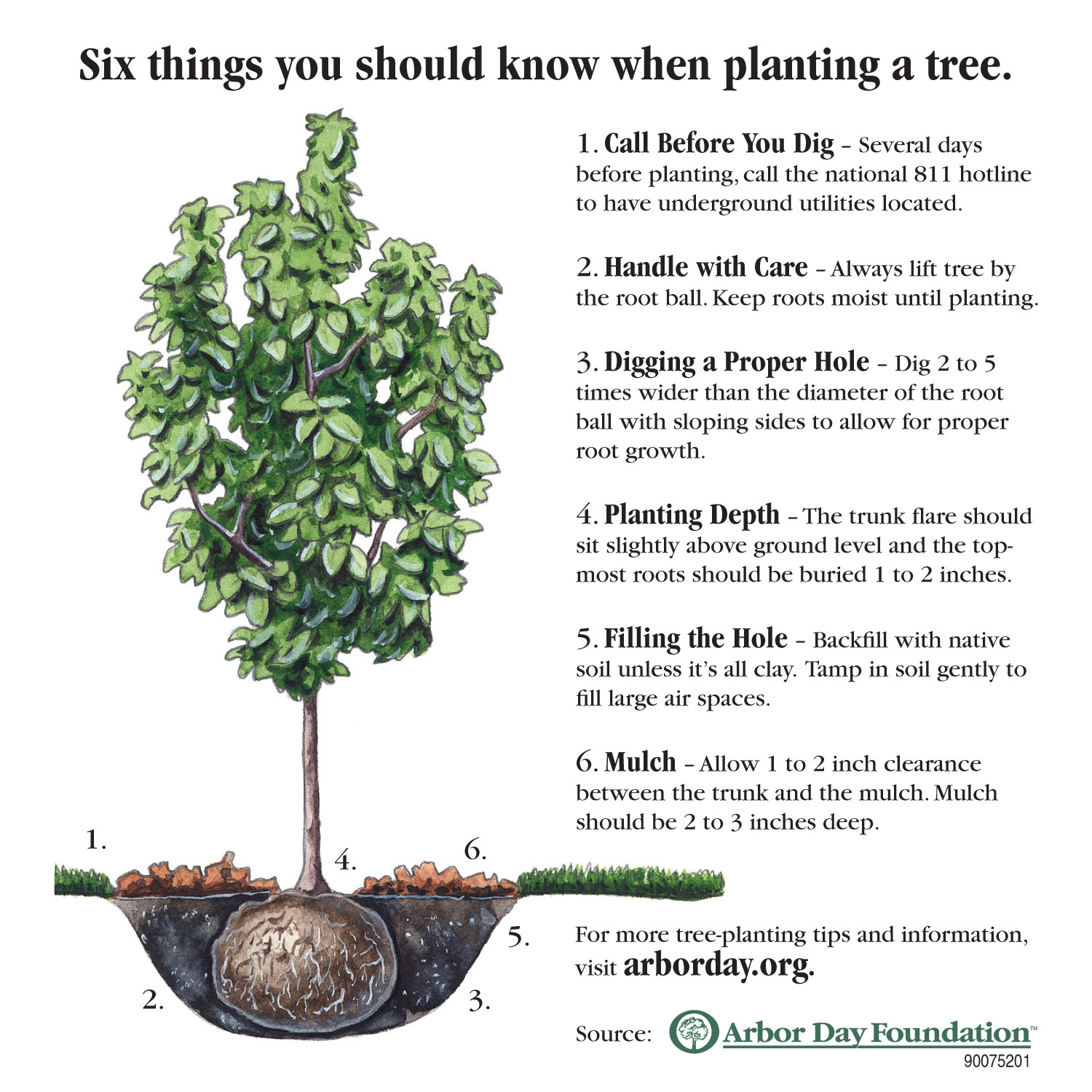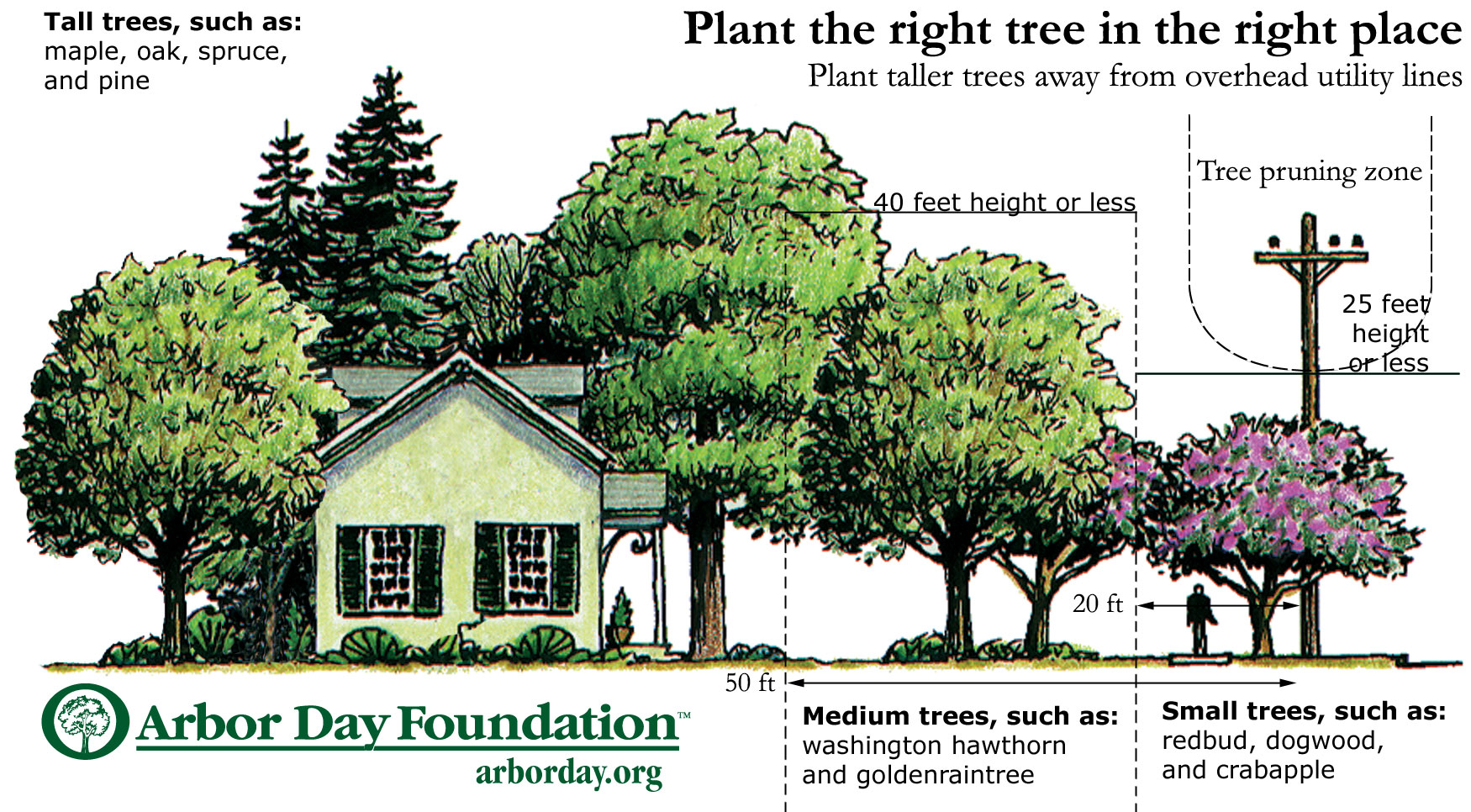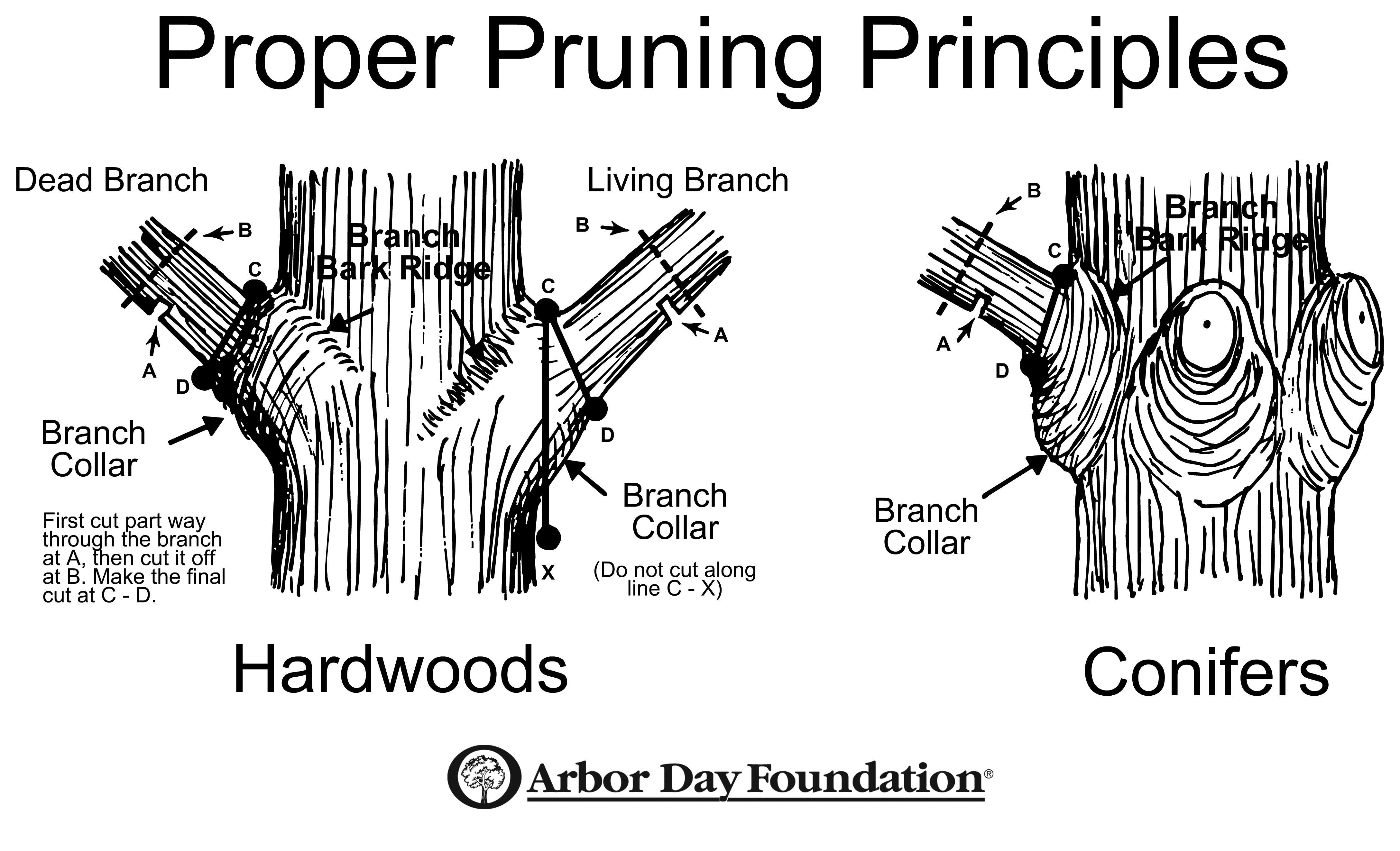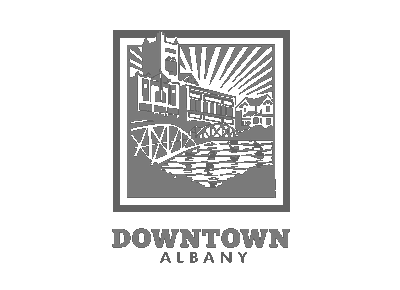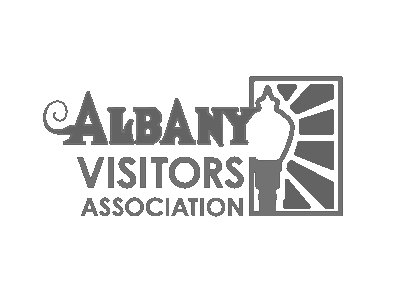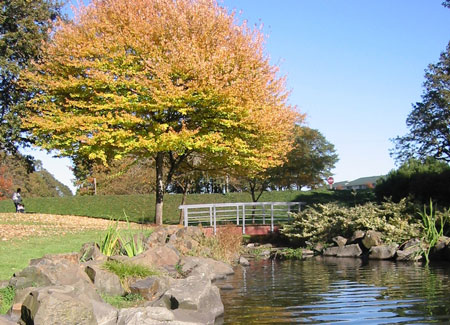 Albany’s urban forest is a valuable functional and aesthetic asset that improves our quality of life by providing clean air and water for residents, visitors, and future generations. The economic, social and environmental benefits that a healthy tree can provide greatly influence our community health and vitality. The trees that line our streets, shade our parks and trails, and beautify our yards, shopping centers, and parking lots help make Albany a better place to live.
Albany’s urban forest is a valuable functional and aesthetic asset that improves our quality of life by providing clean air and water for residents, visitors, and future generations. The economic, social and environmental benefits that a healthy tree can provide greatly influence our community health and vitality. The trees that line our streets, shade our parks and trails, and beautify our yards, shopping centers, and parking lots help make Albany a better place to live.
Our urban forestry program maintains and protects trees and associated vegetation on Albany’s public lands. We review permits for planting, trimming, and removing trees on public and private property and provide technical assistance to residents on urban forestry issues. We also offer the community many ways to get involved with learning about and caring for our urban forest.
Street Tree Information
Planting
Planting
Trees in Albany shade our homes and beautify our yards. They also function to reduce soil erosion and flooding, as well as improve local air and water quality.
Picking the right street trees
A healthy urban forest begins with careful planning. A few factors to consider before planting a tree are:
- The function of the tree. Do you want the tree to provide shade, fruit, or seasonal color? Or do you want it to act as a windbreak or screen?
- Choose the right tree for the right space. It is important to pick your site first, then your tree second. Does the space lend itself to a small, medium, or large tree? Try and imagine the size of the tree at maturity, not at the time of planting.
- The soil conditions. Do you have fertile, well-drained soil or shallow, compacted soil?
- How much time you will have to properly care for your tree? The first 3-5 years are the most important years for the survival of a new tree. Do you have time to water, fertilize, and prune the tree until it is established? Or will you rely on your garden or tree care service for assistance?
Approved street trees
The City of Albany’s Urban Forestry Program has compiled a list of approved street trees for planting within the street right-of-way planting strip along with planting tips for trees in the Pacific Northwest:
When to plant
The ideal time to plant a tree in the Willamette Valley is late fall through early winter, after leaf drop and well before bud break. Always select healthy trees from a nursery. Choose a tree with a straight, strong single stem, and good form. Make sure the tree does not have signs of insect damage, dead bark, or cankers.
Before digging, always call 1-800-332-2344
More information:
Pruning
Pruning
Trees need to be pruned throughout their life to stay healthy and safe. Pruning is a regular part of plant maintenance involving the selective removal of specific plant parts. Although shoots and branches are the main targets for removal, roots, flower buds, fruits and seed pods may also be pruned.
More information:
Removal
Removal
Less than five trees?
- Albany Municipal Code Chapter 7.98 Tree Regulations, requires a permit for the removal of a street tree(s).
- A permit is also required under this chapter to remove any tree(s) within the City limits that have a circumference of five and one-quarter feet (approximately 20" in diameter).
- To begin the permit process, contact Jay Sharpe,
This email address is being protected from spambots. You need JavaScript enabled to view it. or call 541-791-0157.
Five or more trees?
- The Albany Development Code 9.205 - 208 Tree Felling; requires a site plan review when proposing to cut 5 trees or more that are each eight inches (8") in diameter or greater, measured four and one-half feet (4'5") from the ground.
- Albany Parks & Recreation will review this request, but the site plan review is initially performed by the Community Development Department Planning Division.

